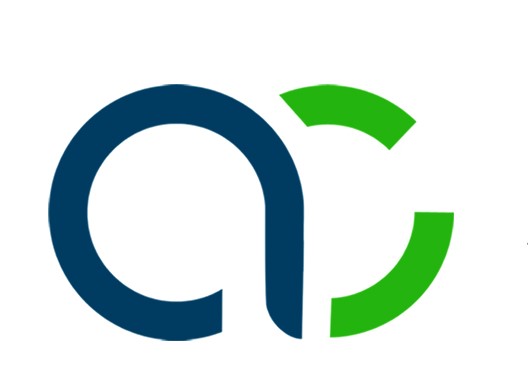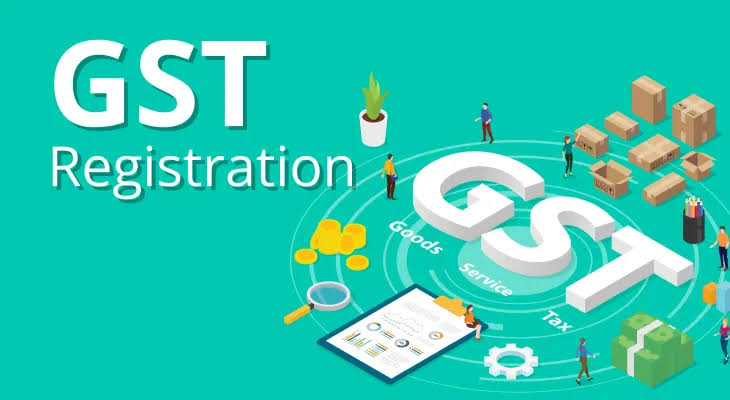PAN TAN Linking
In
India’s tax system, compliance goes beyond just paying taxes — it involves
proper documentation and linking of important identifiers like PAN
(Permanent Account Number) and TAN (Tax Deduction and Collection Account
Number). Though these numbers serve different purposes, connecting them
correctly ensures your business meets its tax obligations without facing
unnecessary hassles.
What is PAN & TAN ? and Why Linking PAN and TAN is Important
What is PAN?
PAN is a unique 10-character
alphanumeric code issued by the Income Tax Department. It acts as a universal
identifier for all tax-related financial transactions.
PAN is needed for:
- Filing income tax returns
- Opening bank accounts
- Buying or selling property,
shares, and large investments
- Ensuring that all financial
transactions are traceable by tax authorities
What is TAN?
TAN is a 10-digit alphanumeric
number that must be obtained by anyone responsible for deducting or
collecting tax at source (TDS/TCS).
It is essential for:
- Depositing TDS/TCS with the
government
- Filing quarterly TDS/TCS
returns
- Issuing TDS/TCS certificates
(like Form 16/16A) to employees or vendors
Why Linking PAN and TAN is Important
Though
PAN identifies the taxpayer and TAN identifies the deductor, linking them
serves crucial purposes:
·
Tracks TDS/TCS correctly: Ensures the tax deducted under TAN reflects
properly under your PAN, which helps your vendors or employees claim credit in
their returns.
·
Prevents mismatches and notices: A clear link minimizes errors during processing of
TDS returns, reducing chances of notices or compliance issues from the Income
Tax Department.
·
Supports transparent tax compliance: Helps the tax authorities seamlessly verify that
deductions are made by the right entity and credited to the right accounts.
How PAN TAN Linking Happens and What if PAN and TAN are not properly linked?
How PAN TAN Linking Happens
PAN and
TAN typically get linked through:
- TAN application (Form 49B): When applying for TAN,
quoting PAN is mandatory. This creates the formal link in the Income Tax
system.
- TDS/TCS returns: Each TDS or TCS return
filed using the TAN also mentions your PAN, reinforcing the connection.
- TRACES portal: When you register on the
TRACES website for TDS compliance, your PAN appears linked with your TAN
under your deductor profile.
What if PAN and TAN are not properly linked?
Failure
to link PAN and TAN, or quoting mismatched details, can result in:
- Missing TDS credits for those you’ve deducted
tax from (appearing as gaps in Form 26AS).
- Notices or demands from the Income Tax
Department.
- Penalties under section
272BB, up
to ?10,000, for incorrect or non-compliant TAN usage.
Best Practices for Businesses
- Always ensure you provide
the correct PAN while applying for TAN.
- Quote the same PAN-TAN
combination consistently in all TDS/TCS returns.
- Check your linkage on the TRACES
portal under your profile.
- Keep copies of your PAN card
and TAN allotment letter for easy reference.
Conclusion
Linking PAN
and TAN is a straightforward yet critical step in your tax compliance
journey. It keeps your business records clean, builds trust with employees and
vendors, and protects you from penalties or delays. If you’re starting a new
business or managing TDS for the first time, taking time to confirm this
linkage now will save you many headaches in the future.





